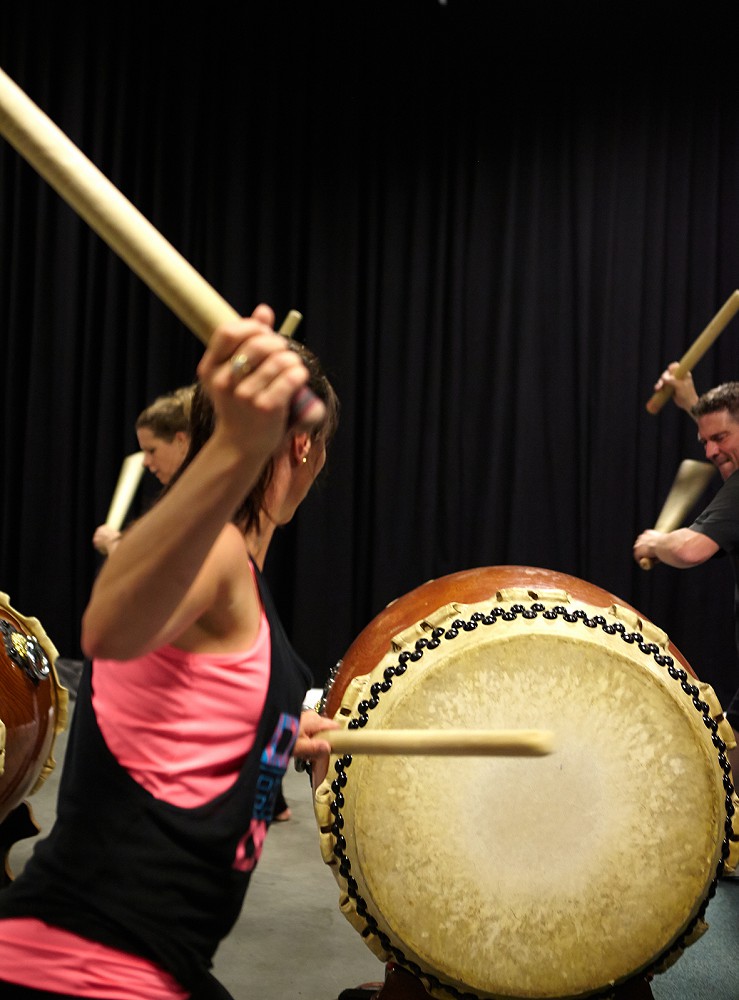Taiko
What is Taiko?
Taiko literally means "big drum" (太, tai: big, wide; 鼓, ko: drum). There are different types of taiko and they are in themselves a part of Japanese traditional theater, festivals and music genres.
Playing a taiko in ensembles, as it is known today, is called Kumi-Daiko and literally means: drumming in a group. The most famous example is Kodo.
On the Circle Percussion website you will find an extensive overview of our Taikos, associated playing styles and many great action photos.

The history of the taiko
For centuries, the Japanese drum, the taiko, has been an indispensable instrument in Japanese life and culture. However, interest in this instrument declined sharply around the middle of the Meiji era (1868 – 1912).
Fortunately, the traditional percussion has been enjoying great popularity in Japan for decades, where groups such as Kodo, and earlier Ondekoza, now reign supreme.
The Japanese drum has been used in ancient times to hunt, communicate, lure or scare wild animals and encourage soldiers into combat. The drum was also played by ordinary citizens to add luster to festivities. Even today, drums in Japan still have various functions.
Around 1965, Tagayasu Den developed a new way of playing the traditional Japanese instruments. In the beginning, it wasn't about the music. He founded a commune with mainly young people, where great physical and mental discipline prevailed.
